Dental Checkups
Types Of Toothbrushes
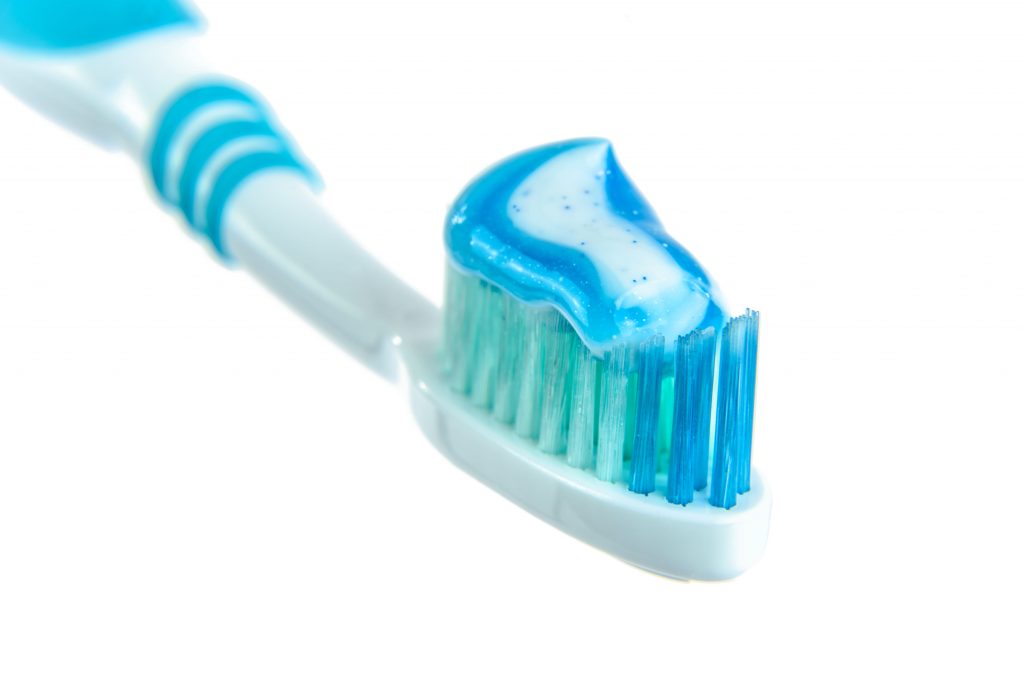
Ever wonder whether or not the high-tech looking toothbrush that is on display on your dentist office is decisively more effective in cleaning your mouth than the one you have at home. What about that toothbrush that uses AA batteries? And the toothbrush that you plug into the wall?
Apart from practicing the proper fundamentals of brushing your teeth, which include brushing technique, frequency, and the amount of time you spend brushing, the type of toothbrush you use largely impacts the efficiency at which you preserve and improve the overall status of your oral health.
There are essentially three different types of toothbrushes. These being the rechargeable electric toothbrush (typically refereed to as sonic toothbrush), the battery operated toothbrush, and the regular manual toothbrush.
Correct Flossing Techniques
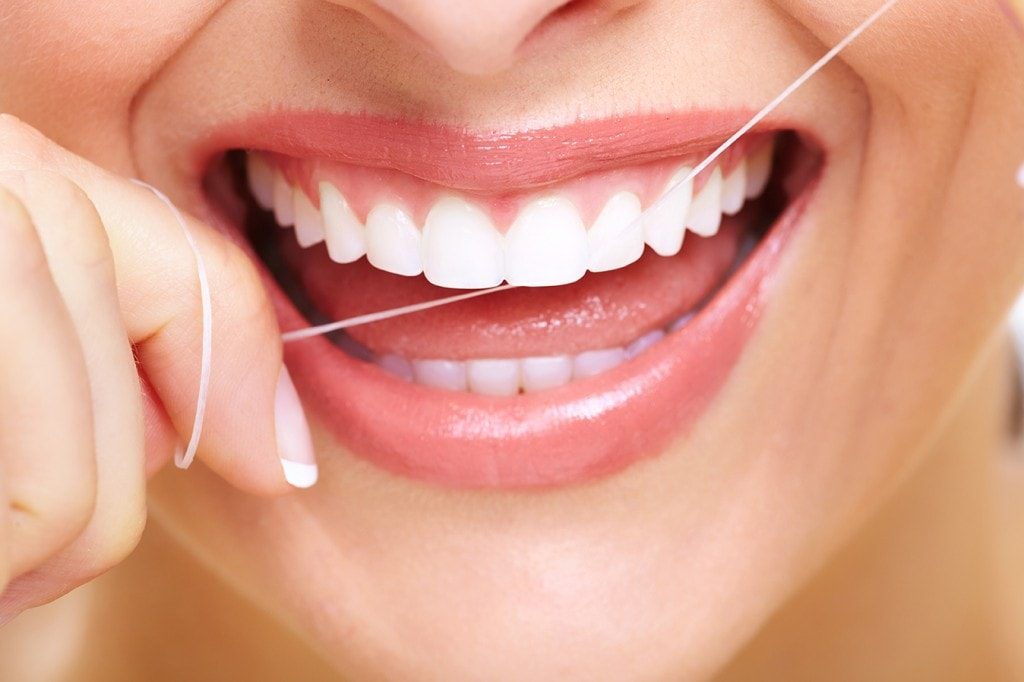 There aren’t many things that are better than flossing when it comes cleaning the hard-to-reach corners of your teeth. That is except for flossing with proper techniques. Proper flossing techniques allow you to more effectively remove bacteria and plaque buildup.
There aren’t many things that are better than flossing when it comes cleaning the hard-to-reach corners of your teeth. That is except for flossing with proper techniques. Proper flossing techniques allow you to more effectively remove bacteria and plaque buildup.
Before flossing your teeth, always keep in mind to thoroughly wash your hands first, as your fingers and mouth will come into close proximity with each other.
What Makes For Proper Flossing
Always make sure that you use enough floss. Ideally, you want to break off an 18-inch long dental floss. This length allows you a clean segment of dental floss as you clean between interdental spaces. Wrap both ends of the dental floss on either the index or middle finger of either hands.
Use a gentle sliding motion when cleaning interdental spaces. It also helps when you make it a point to use a zigzag motion when flossing. Be very careful not to let the floss snap when cleaning between the teeth.
Remember that the letter “C” makes for the perfect flossing shape. As such form a C-shape with your floss as you keep it wrapped around your teeth. When flossing, always floss following an upward motion, starting on the gum line.
Roll your floss. Using your thumb as guide, unroll a fresh section of dental floss from your fingers as you move from one interdental gap to another. Also, always make it a point to floss the back of your teeth.
Dental Strength Training
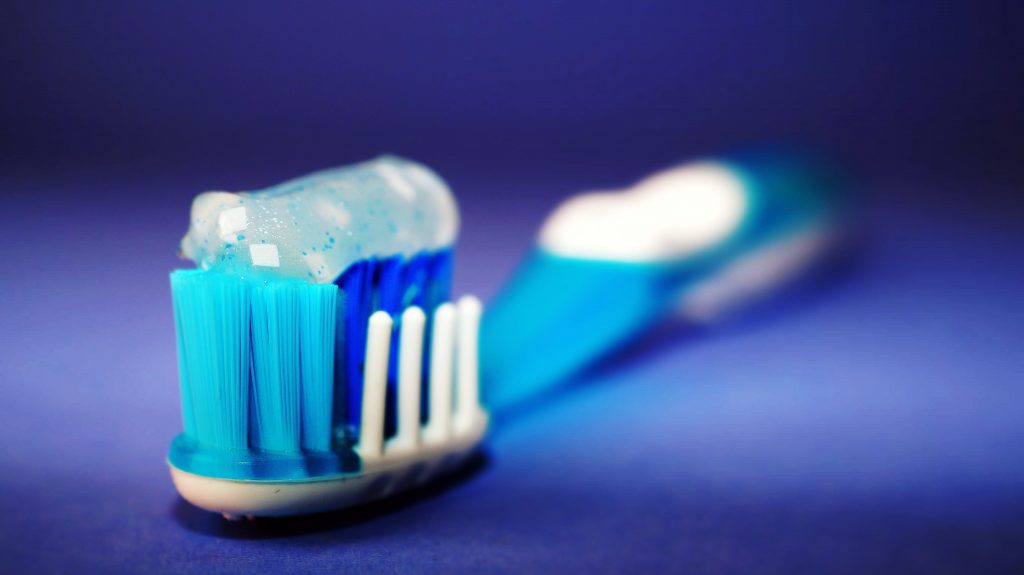 Generally, people who are over 6 years old are encouraged to use fluoride toothpaste when brushing their teeth. It is also a good idea for children younger than 6 years old to use fluoride toothpaste especially if they are at a particularly high risk of developing dental carries and other unwanted dental anomalies.
Generally, people who are over 6 years old are encouraged to use fluoride toothpaste when brushing their teeth. It is also a good idea for children younger than 6 years old to use fluoride toothpaste especially if they are at a particularly high risk of developing dental carries and other unwanted dental anomalies.
Toothpaste and other products prepared with fluoride are known reinforce dental strength by actively preventing dental decay. Moreover, fluoride helps repair dental surfaces that suffers from a minor case of decalcification, which is typically the first stage of dental decay.
Warning
While fluoride is readily available in most public water supply, constantly growing bodies of related research suggests that it is fluoridated toothpaste that best protects your teeth against dental carries. It is, however, important to remember to always spit out fluoride toothpaste, no matter good the flavor maybe. No toothpaste, to date, has ever been formulated to be swallowed, purposely and in frequent regularity.
What Causes Dry Mouth
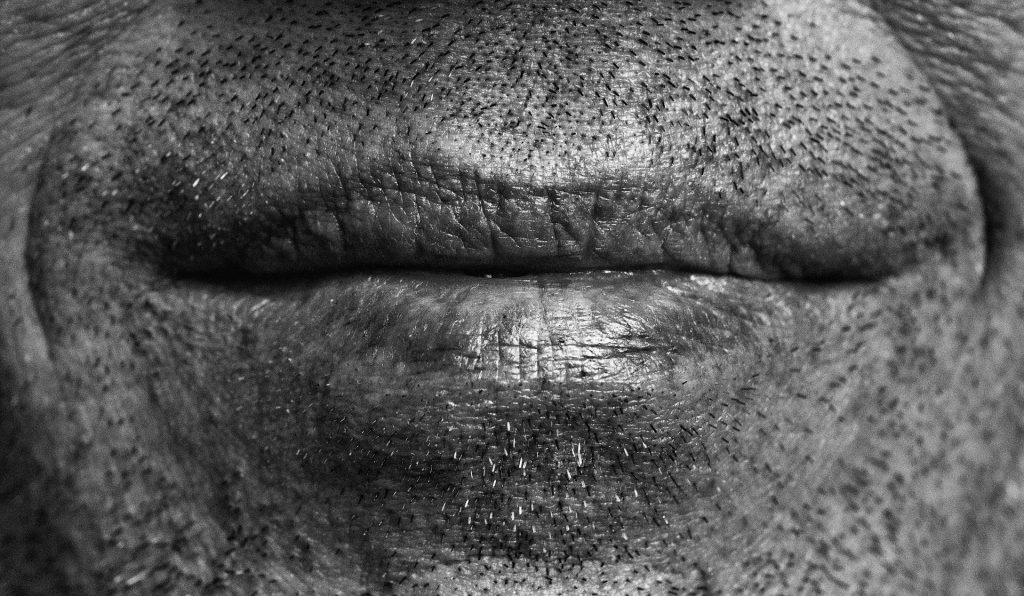 Essentially, dry mouth stems from a prominent lack of saliva production. Saliva is important as it keeps both dental and periodontal surfaces moist enough, thereby neutralizing potential bacteria damage and creating a healthy oral environment.
Essentially, dry mouth stems from a prominent lack of saliva production. Saliva is important as it keeps both dental and periodontal surfaces moist enough, thereby neutralizing potential bacteria damage and creating a healthy oral environment.
While dry mouth isn’t ideal, everyone experiences episodes of dry mouth every now and then. It is in this case that dry mouth is pretty much normal. Persistent and recurring episodes of dry mouth, however, are another thing. Medically referred to xerostomia, frequent episodes of dry mouth maybe symptomatic of improperly working salivary glands.
- Xerostomia. or chronic dry mouth, can result from a number of possible causes. Among the most common of which include:
- Disease. There is a wide of range of unwanted medical anomalies that could easily ruin the salivary glands, and therefore cause dry mouth. These include diabetes, Parkinson’s disease, HIV/AIDS, and Sjogren’s., among many others.
- Medication. At present, 400 different types of medicine are documented to cause persistent dry mouth. Among the most common of which include antihistamines, decongestants, painkillers, diuretics, and anti-depression medication.
3 Types Of Dental Discoloration
 Your teeth can become discolored overtime both by stains on the outer dental surfaces of your teeth, or by the internal changes in the dental material. Essentially, there are three types of dental discoloration. These being extrinsic discoloration, intrinsic discoloration, and age-related discoloration.
Your teeth can become discolored overtime both by stains on the outer dental surfaces of your teeth, or by the internal changes in the dental material. Essentially, there are three types of dental discoloration. These being extrinsic discoloration, intrinsic discoloration, and age-related discoloration.
Extrinsic Discoloration
Extrinsic discoloration usually results from food, beverage, and cigarette staining on the outer layer of teeth. Dark colored beverages such as coffee, wine, cola, and even tea are among most common food items that stain the teeth.
Intrinsic Discoloration
Usually characterized of by dark yellow staining, intrinsic dental discoloration happens when the inner structures of the teeth are compromised. Among the most common factors that typically result to intrinsic discoloration include:
The Inner Structures Of The Mouth
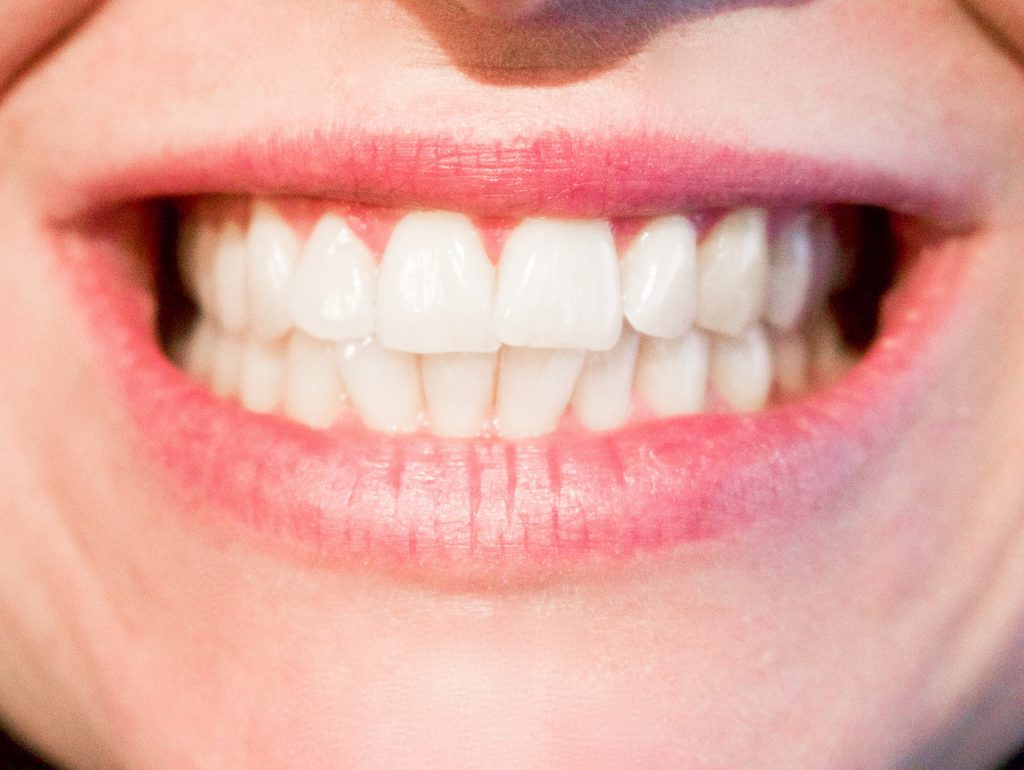 While so much attention is given to your teeth, your mouth consists of so much more these dentals surface. Apart form your pearly whites, your mouth consist of other structures such as the soft tissues of the gums, the oral mucosa, the upper and the lower jaw, the tongue, salivary glands, the uvula, and the frenulum linguae.
While so much attention is given to your teeth, your mouth consists of so much more these dentals surface. Apart form your pearly whites, your mouth consist of other structures such as the soft tissues of the gums, the oral mucosa, the upper and the lower jaw, the tongue, salivary glands, the uvula, and the frenulum linguae.
The Gums
The gums consist of pink periodontal tissues that support your teeth. Much like your teeth, gums play an important role to your overall oral health. Healthy gums are characterized by firm periodontal tissues that cover entire root of your tooth.
What Is Dental Abscess
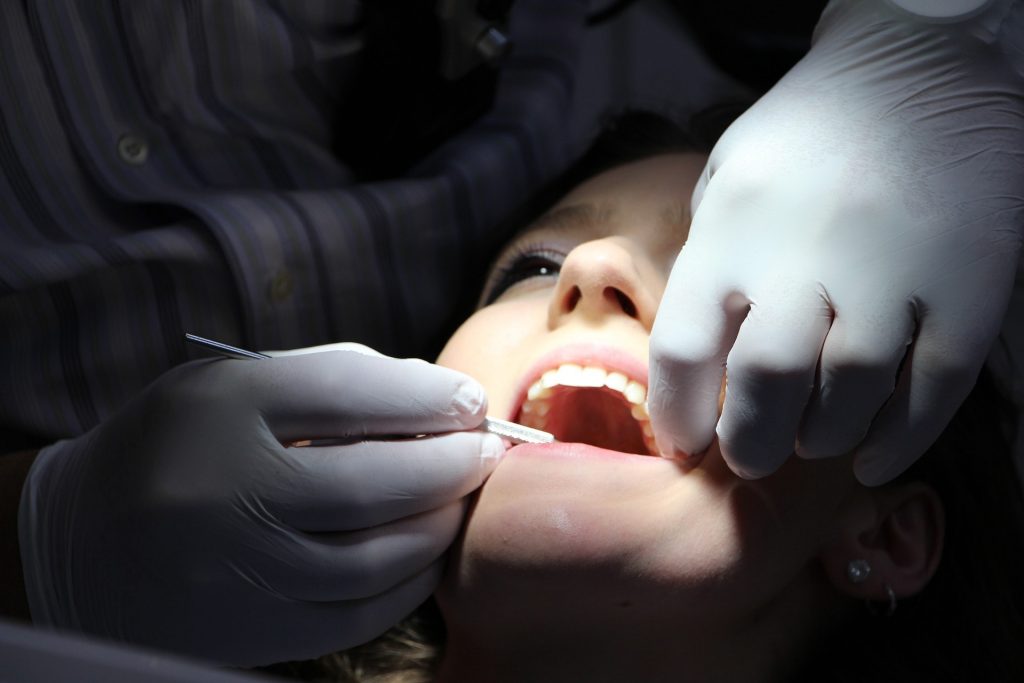
Dental abscess typically manifests as a localized accumulation of pus on the inner teeth and gums. Dental abscess usually results from bacterial infection that commonly occurs with dental fracture and gum disease. Dental abscess occurs alongside other dental anomalies such as toothache, chewing discomfort, dental sensitivity, neck gland inflammation, and swollen gums.
Types Of Dental Abscess
Dental abscess is typically divided into two types: periapical abscess and periodontal abscess.
Periapical abscess is the more common type of the dental abscess. Originating from the inner pulp of the tooth, periapical abscess usually develops as a complication of dental decay. Periapical abscess is often indicative of mouth-dwelling bacteria that ravage the inner dental structures.
Usually a complication of gum disease, periodontal abscess usually an indicative of gum infection. Periodontal abscess usually affects soft periodontal tissues and supporting dental structures, which prompts the teeth to partially loosen and eventually detach from the gums.
Periodontal abscess is alternatively referred to as a gum boil as it often results to swelling from the infected tooth.
Sparkling Up Your Smile

A recent study conducted at the Max Plank Institute at Berlin provides a solid body of science to the old adage that smiling makes you look younger. Researchers involved in the study reports that strangers are far more likely to find a smiling person to be a lot more younger than his or her actual age.
While the study appears to be too good to be true, the American Academy Of Cosmetic Dentistry clarifies that a smile ruined by damaged or yellow teeth does the exact opposite, and instead makes the person appear dramatically older. As such, here are a few ways, both high and low tech, to make sure that you a healthy white smile is always at your disposal.
Flossing And Diet
First, focus on flossing. Completing the traditional triad of good dental habits, flossing is easily the best and perhaps the easiest way to ensure dental whiteness. Complementary with regular and proper flossing habits, New York City Cosmetic Dentist and Huffington post contributor Thomas Conelly recommends that you also pack and after lunch office work brush and mouth rinse.
Electric Toothbrush Benefits
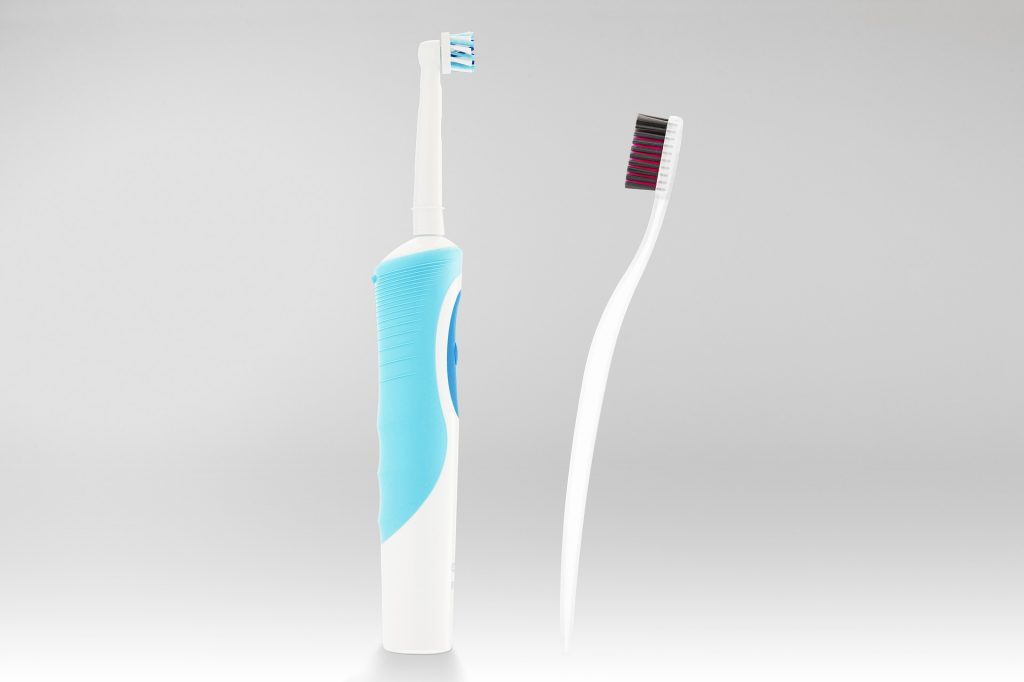
The electric toothbrush has seen a rather exponential growth in popularity over the recent years. Its recent popularity is not surprisingly built on the premise and the already popular assumption that the electric toothbrush cleans better than manual toothbrush.
Clinical Associate Professor at the Boston University Henry M. Goldman School Of Dental Medicine John Ictech-Cassis explains that, at its very core, the idea of a toothbrush is to remove plaque and bacteria buildup, all while stimulating the gums. And as such, Ictech-Cassis remarks that most toothbrushes, with the right technique, will keep the teeth clean.
What You Need To Know About Dental Insurance

Medicare can only cover so much. More often than not, depending solely on your Medicare for your professional dental needs translates to skipping on your routine dental checkups and even your much-needed dental cleanings.
In the same vein, it also means delaying treatments for simple dental irregularities, like toothache for instance, until it progresses into chronic oral health anomaly like advanced decay or gum disease.
Avoiding this unwanted dental predicament is not only possible, but is easily doable. Dental insurance plans allow for adequate professional dental prevention and intervention. Purchasing dental insurance best increases your chances of keeping your teeth and gums in pristine condition.
Comparing Dental Insurance Plans
Before securing private dental insurance, it is always a good idea to compare different plans covered by each insurance plan. This allows you to determine which one works best for your specific dental needs.









